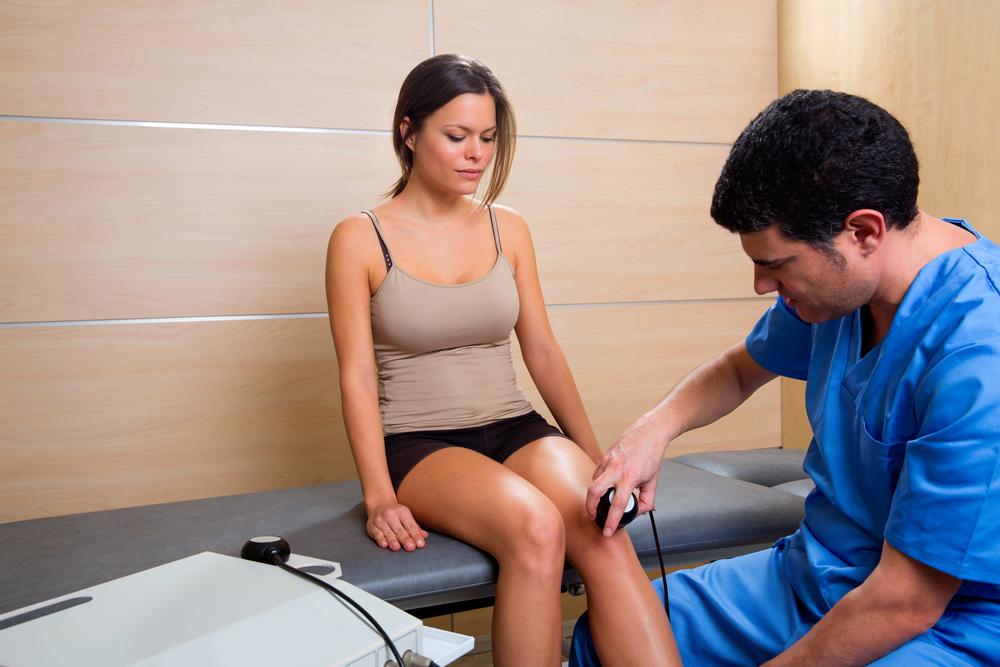
Early warning symptoms for deep vein thrombosis
Whether deep vein thrombosis is caused by lifestyle or medically related conditions, it is a life-threatening condition unless treated immediately. Many of the initial symptoms could be misread or ignored. Leg pain could be attributed to overwork or strain and could be taken lightly. Many take over-the-counter medication for swelling and pain for a few weeks or so, and go to the doctor only when the pain becomes unbearable. Not only is it harmful to have medication without a prescription, but it can also lead to more complications rather than curing your symptoms.
Symptoms of deep vein thrombosis
Some early warning symptoms of deep vein thrombosis are:
- Unexplained pain in the leg or the arm
- Swelling and tenderness in the affected part
- Frequent cramps
- Itching in the area affected
- The affected area feels warm compared to other parts of the body
- Veins in your hands or legs look larger or look bulged up
- The skin in the affected part looks reddish or discolored
Blood clots can happen in the veins right under the skin or in the veins inside the body. Superficial blood clots do not lead to embolism. Only those clots which form in the veins deep inside the body can detach from the vein, travel with the bloodstream, and reach the lungs resulting in a life-threatening situation.
One may feel none or a few of the symptoms. A disease called cellulitis also has similar symptoms, that is why it is important for timely diagnosis and intervention. This is the only way to prevent the clot from becoming an embolic.
Symptoms of pulmonary embolism
When the clot leaves the vein and reaches the lungs, it could potentially stop the flow of blood from the lungs to the heart and is life-threatening. This leads to an emergent situation that requires immediate and urgent medical intervention. If you or anyone are at high risk of DVT and are feeling any of these symptoms, kindly call 911 and request for help.
Symptoms of PE are
- Shortness of breath
- Pain in the chest which increases as you breath
- A sudden increase in heart rate
- Sudden cough with blood and mucus
Can blood clots be prevented?
With the risk of DVT and a consequent PE not being detected until later, doctors stress on preventing blood clots especially for those who are at higher risk.
- The adverse impact of smoking on almost every part of the body has been said enough and more. For the sake of your health, wellbeing and long life, stop smoking NOW if you are a smoker. Sometimes tomorrow never comes.
- If you are working in a place where you sit or stand for a long time, insist on breaks and stretch your legs, walk a few paces so that the risk of clots reduces. Take a break every two hours if you are on a long drive. Walk in the aisles if you are on a long flight.
- If you are bedridden, talk to doctors who will take the necessary steps to prevent DVT and PE.
- Maintain a healthy BMI. Maintaining a healthy weight saves you from many health complications. Not all could be life-threatening, But DVT and PE could be.
Traditionally, doctors used simple physical tests to test DVT. If you are at high risk and exhibit symptoms of pain or swelling, doctors will recommend imaging tests like ultrasound, venography (a type of MRI), or a blood test called D-Dimer Test.
Early diagnosis and treatment can prevent further complications.



